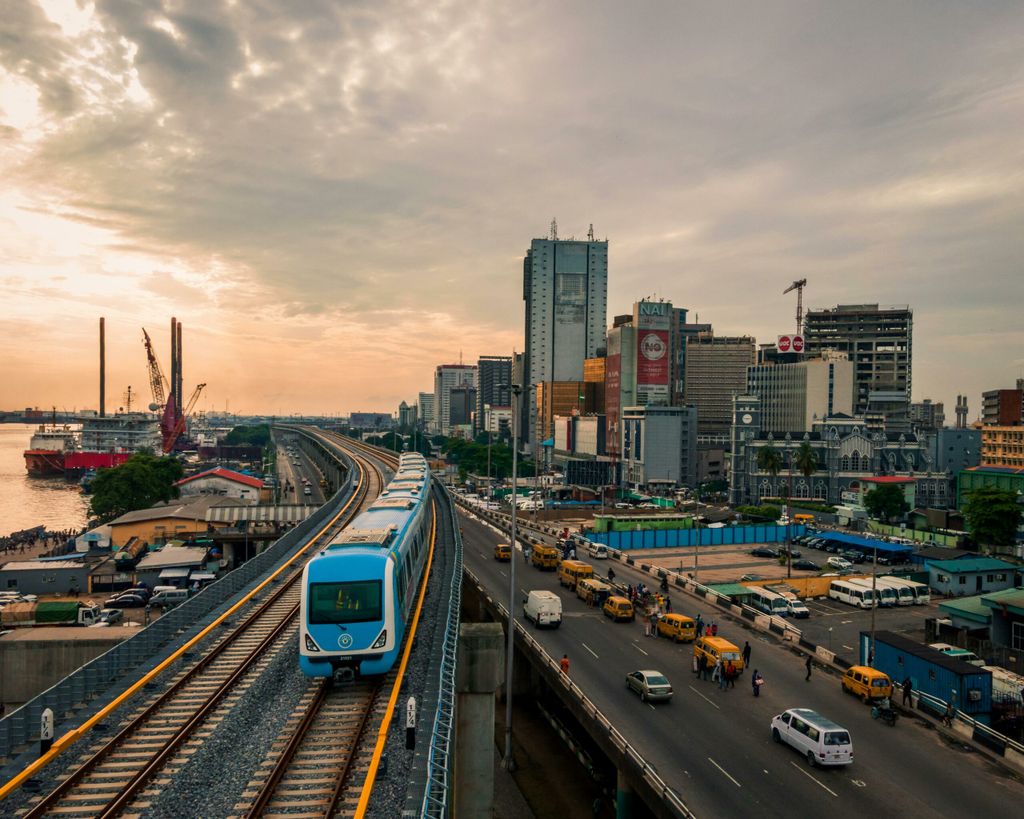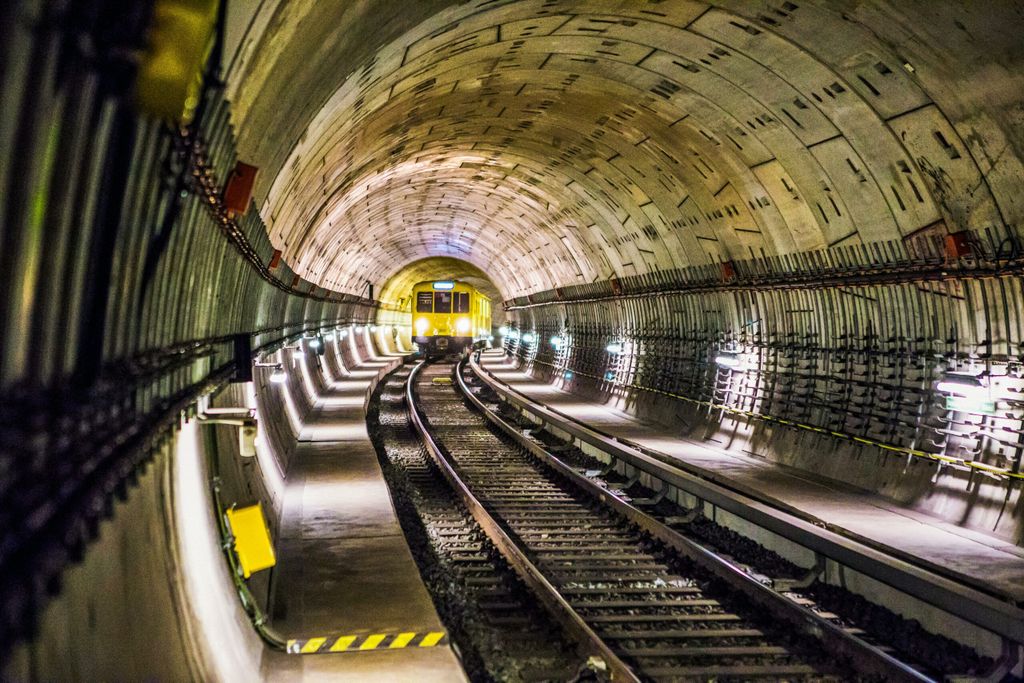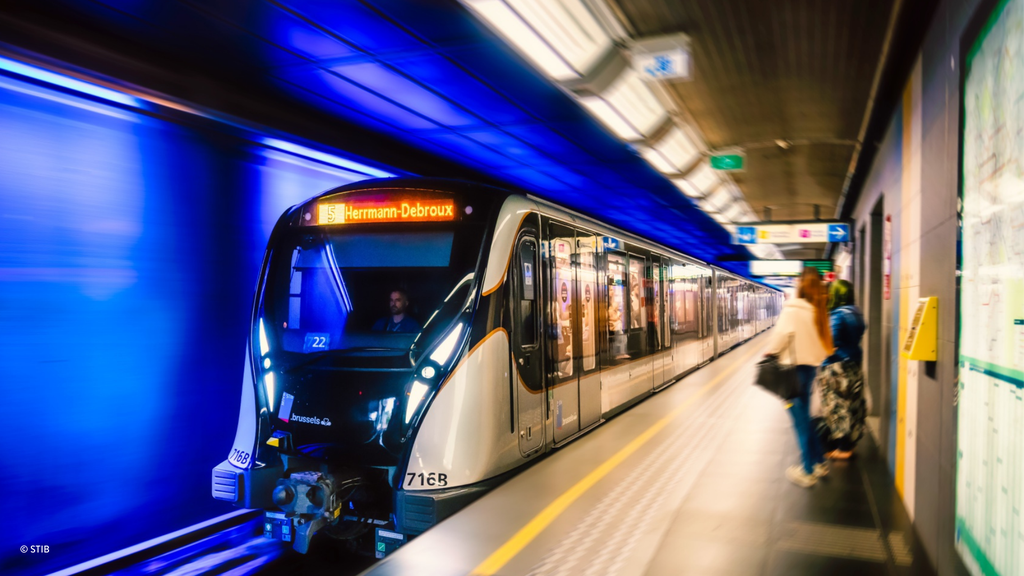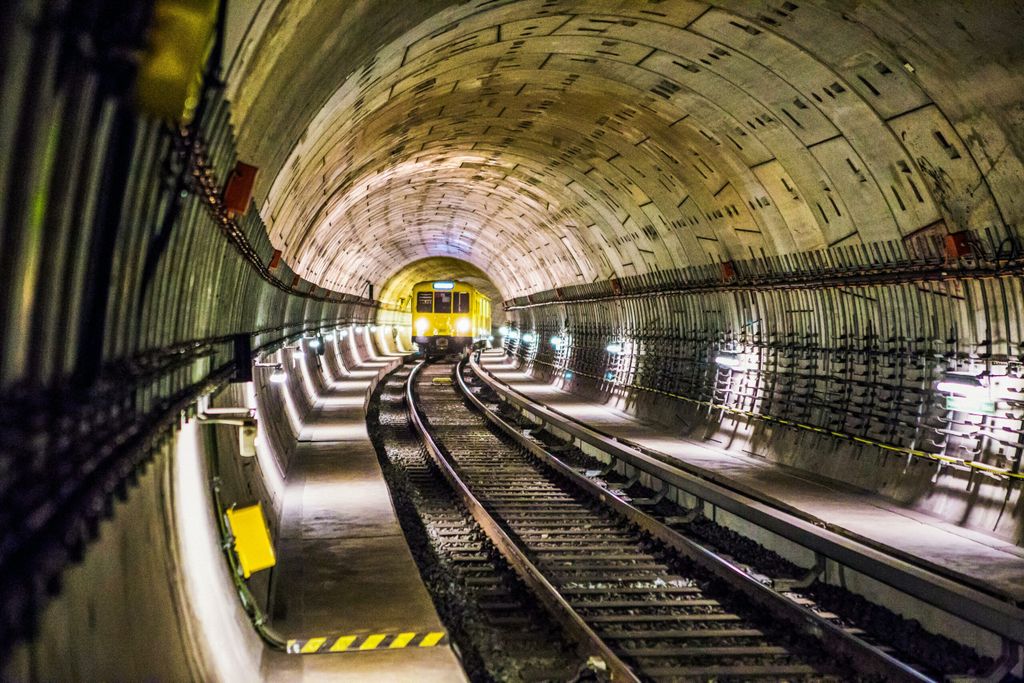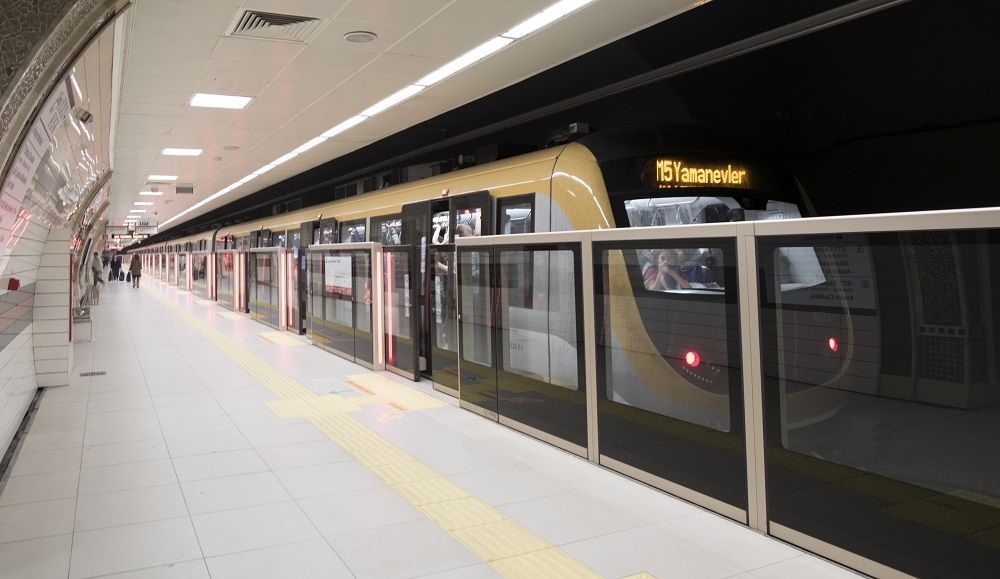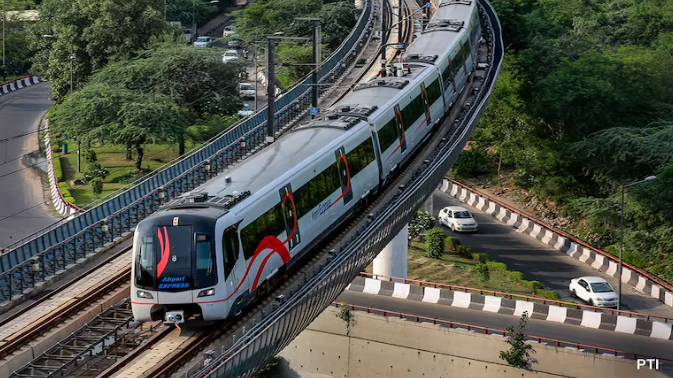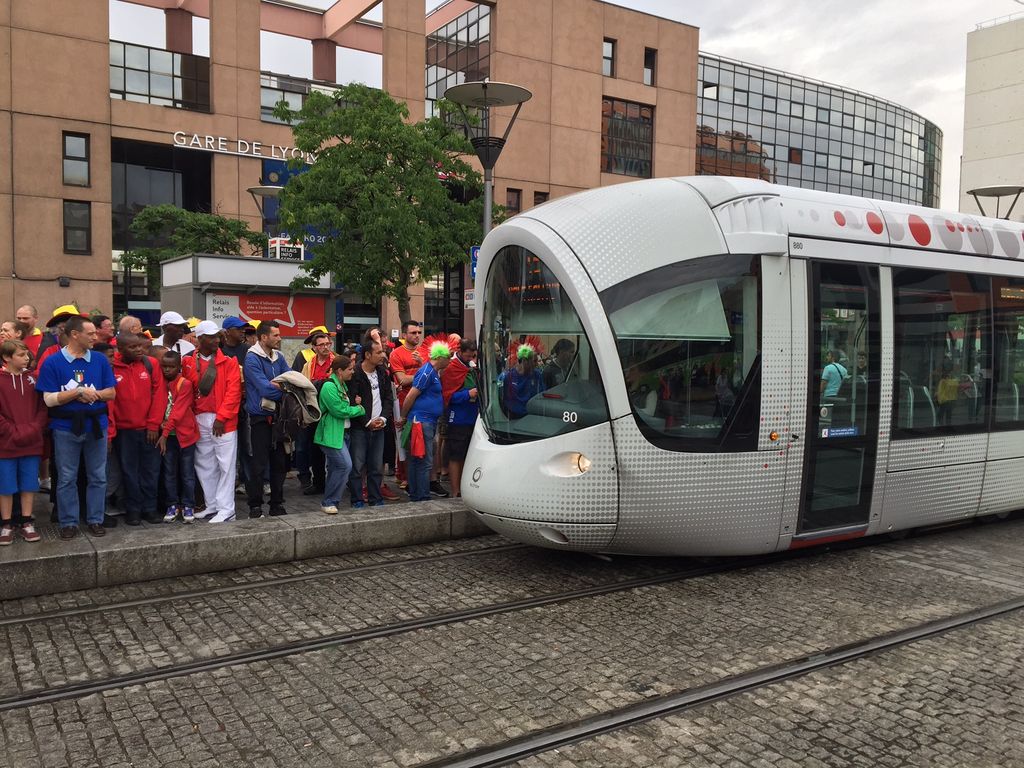
Metro
A little background
Metros are very often the fastest and most energy-efficient way to get around a city. They run on electricity and can easily be powered by renewable energy sources. With lines circulating on segregated infrastructure, metros avoid traffic jams and can transport large amounts of people, making them the backbone of many cities.
Some of the biggest and most well-known cities in the world are renowned for their metro lines. London’s “Tube”, New York City’s “Subway”, Hong Kong’s “MTR”: metros have a unique way of being woven into the fabric of a city’s culture, so much so that they often have a different nickname from city to city.
It’s no surprise that metros have a big role to play in many urban mobility networks worldwide: this is a mode with many benefits! In 2024, 237 metro networks across 202 cities – more than ever – and serve over 1 billion people.
Automated Metros
Most advantages can be further amplified with fully automated metros. Full automation has become the mainstream design for new metro lines. The UITP Automated Metros Platform is a unique reference for the sector, and tracks developments in this field.
What do we do?
Gathering most of the metro operators from around the world, our dedicated UITP Metro Committee, technical and regional Platforms are the place for exchange and production of expertise on all issues related to metros.
The Metro Division meeting (Metro Assemby)
This meeting brings together top-level managers of metro operators around the world that are members of the Metro Division, in order to present the work of the Platforms, discuss priorities and hold thematic workshops.
How is the Metro Committee organised
The Metro Committee is a steering committee for the activities of the Metro Division. It guides the work of the technical Platforms and prepares the programme of conferences. It is composed of the chairs of the above-mentioned groups as well as having seats dedicated to the Metro Division Vice-Chairs representing the different UITP regions.
The Platforms
Contact
UITP

UITP

Division Chair

Brieuc DE MEEÛS
Chief Executive Officer, STIB-MIVBCommittee Chair
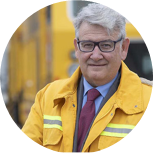
Pedro Mateu Soler
Director for the Transfer of Rodalies Infraestructures, FGC
all statistics

